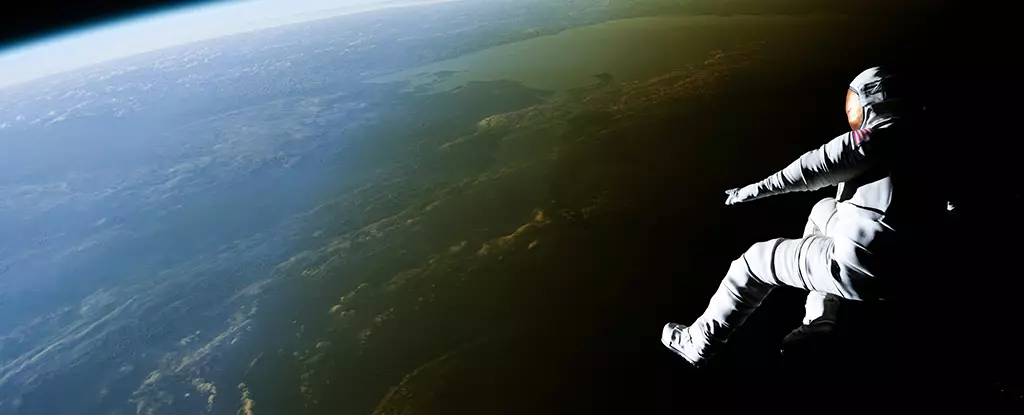The future of forensic science is taking a giant leap into the cosmos with the emergence of a new field known as astroforensics. As NASA’s Artemis program aims to return astronauts to the Moon, the possibility of establishing a permanent orbiting laboratory is becoming more of a reality. However, as humans venture further into space, the need for forensic investigations in this extraterrestrial environment is becoming increasingly crucial.
Space presents a unique and harsh environment for forensic investigations. With altered gravity, cosmic radiation, extremes in temperature, and the need for oxygen-providing climate systems, future explorers will face unearthly variables that differ greatly from those found on Earth. Gravity, a fundamental force that shapes many aspects of our reality on Earth, behaves differently in space, introducing novel challenges for disciplines like bloodstain pattern analysis.
In a recent study on the impact of altered gravity on forensic science disciplines, researchers conducted experiments involving the projection of blood drops onto a surface in a free-falling microgravity environment. The results showed that blood in microgravity behaves differently than on Earth, with the blood continuing to travel in a straight line until hitting the surface, unlike the parabolic fall seen under the influence of gravity. This observation highlights the importance of understanding the behavior of forensic evidence in space.
Another significant finding from the study was the impact of surface tension on blood drops in microgravity. On Earth, liquid blood drops undergo a series of stages in the stain creation process, including collapse, wave formation, and spread into a final stain shape. However, in a microgravity environment, the spreading action of the blood is inhibited by surface tension and cohesion, resulting in a smaller stain shape and size.
The research on the behavior of forensic evidence in space has broader implications beyond just forensic sciences. Understanding how fluids behave in microgravity can impact spacecraft design, fluid dynamics, and even forensic engineering in the event of spacecraft malfunctions. The need for larger microgravity environments to further investigate these phenomena is crucial for expanding research in this new forensic discipline.
As humanity ventures further into space with missions like NASA’s Artemis program, the field of forensic science is also expanding to meet the challenges of investigating in this extraterrestrial environment. Astroforensics, still in its infancy, holds the key to understanding how forensic evidence behaves in altered gravity and cosmic conditions. The future of forensic science might just be written among the stars, as researchers work towards creating the galaxy’s first extraterrestrial forensic science laboratory.

Leave a Reply